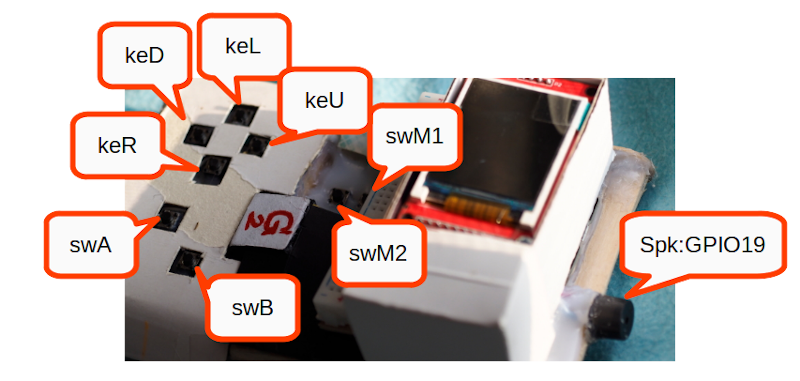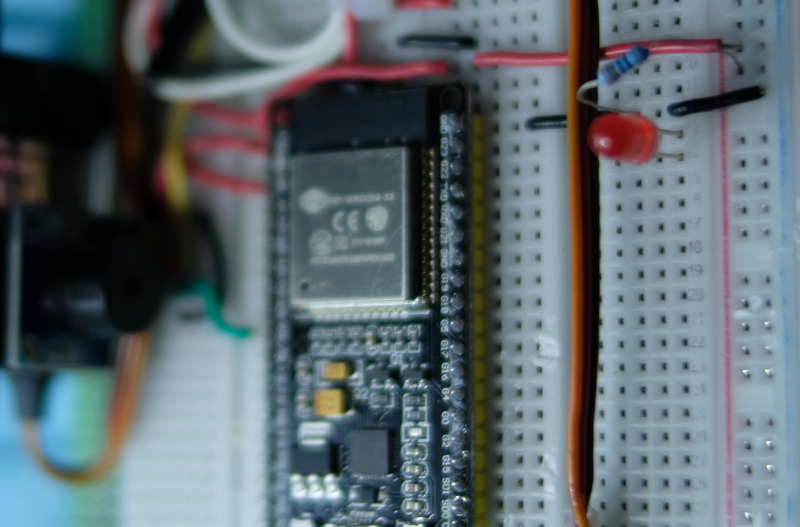[EN] Arduino: ESP32 PWM.
This article discusses the use of PWM (Pulse Width Modulate) of the ESP32 microcontroller in the Arduino framework after discussing the functionality of this section in the ESP-IDF and MicroPython by connecting the board to the speaker as shown in Figure 1.



